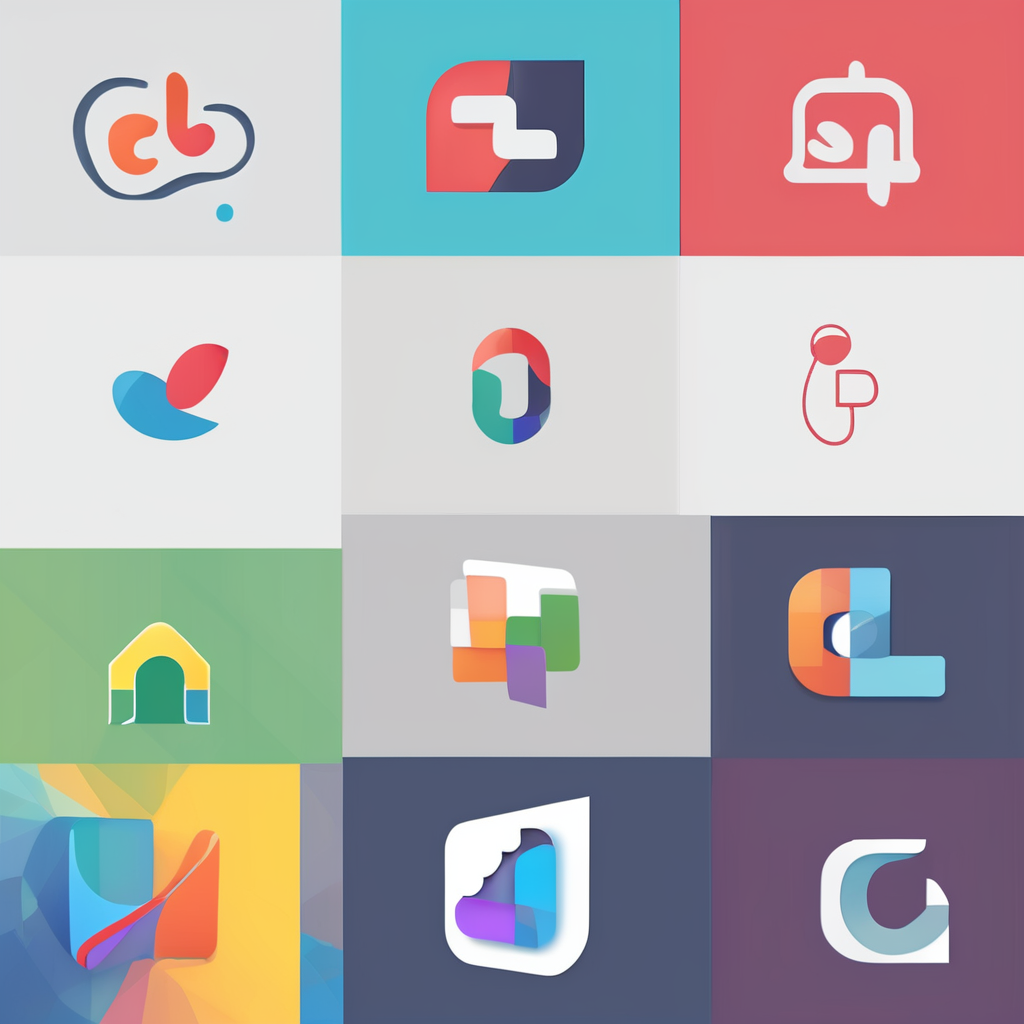Immediate Impact of Technology on UK Pet Care
Technology adoption in pet technology UK has rapidly transformed how pet owners manage daily care and enhance pet welfare technology. Innovations such as automated feeders and wearables have stepped beyond convenience — they support real-time monitoring of health indicators like activity levels and heart rate, crucial for early detection of issues. This leads to improved pet care advancements, where preventive measures and timely intervention reduce veterinary emergencies.
One immediate benefit is the improvement in daily pet management, which used to rely heavily on manual routines and guesswork. Devices now help regulate feeding schedules, track exercise, and even monitor sleeping patterns, ensuring pets maintain balanced lifestyles. For example, pet owners can receive alerts if their pet shows abnormal activity, enabling quicker response and better overall wellbeing.
Topic to read : How Can You Effectively Prepare Your Home for a New Pet’s Arrival?
The UK’s growing integration of pet technology UK also addresses mental stimulation, a vital but sometimes overlooked aspect of pet health. Interactive toys and technology-driven training aids contribute to reducing anxiety and destructive behaviours, enhancing animal happiness. Collectively, these pet welfare technology advancements create a more responsive and comprehensive care environment, reflecting significant strides in how pets are cared for across the UK.
Smart Devices Enhancing Pet Health and Lifestyle
Smart pet devices have revolutionised pet wellbeing UK by offering continuous, precise health-monitoring gadgets. Wearables like activity trackers measure vital signs such as heart rate, sleep quality, and movement patterns throughout the day. These insights allow pet owners to detect subtle changes early, enabling preventative actions that align with overall pet care advancements.
In the same genre : How Can You Better Understand the Emotional Needs of Pets in the UK?
Smart feeders also contribute significantly to pet welfare technology. Automated feeding systems dispense accurate meal portions at scheduled times, preventing overfeeding and supporting weight management. Such devices reduce the risk of nutritional imbalances, particularly for pets with special dietary needs, enhancing daily pet management effectively.
In practice, these devices deliver tangible improvements. For instance, a UK pet owner might use a wearable tracker to spot decreased activity levels in a dog, prompting a veterinary check-up that uncovers early arthritis. Meanwhile, smart feeders help maintain consistent nutrition during busy workdays, aiding in the prevention of behavioural issues related to hunger or anxiety.
By integrating these smart pet devices, owners in the UK gain tools that not only simplify care but actively foster health and longevity. Their adoption clearly reflects ongoing pet care advancements driven by innovative pet welfare technology.
Telemedicine and Digital Veterinary Services in the UK
The rise of vet telemedicine UK has transformed access to online veterinary care, providing pet owners with timely expert advice without leaving home. Tele-vet consultations offer immediate assessments for non-emergency issues, such as behavioural concerns or minor skin irritations, reducing stressful clinic visits. This expansion of pet health services enhances convenience and supports ongoing health monitoring remotely.
How does telemedicine improve pet care outcomes? It enables quicker diagnosis and treatment plans by allowing vets to visually assess symptoms via video calls. For instance, a UK pet owner noticing sudden coughs can consult a vet instantly, who may prescribe preliminary remedies or recommend urgent in-person care if needed. This approach decreases wait times and travel burdens while maintaining vet-patient communication.
Regulatory measures guide vet telemedicine UK to ensure safety and data security. UK veterinary bodies require compliance with clinical standards and confidentiality regulations, guaranteeing responsible delivery of digital veterinary services. Moreover, online platforms must maintain transparency about their scope and limitations, fostering trust between pet owners and professionals.
Overall, online veterinary care is a vital advancement that complements traditional clinics. It broadens access, supports regular health tracking, and exemplifies how technology is reshaping UK pet health services for improved wellbeing.
UK-Specific Trends and Regulations in Pet Technology
UK pet technology is shaped significantly by emerging pet tech trends UK and evolving regulations that protect animal welfare. Current trends focus on integrating AI and data analytics into pet welfare technology to deliver personalised care. For example, some UK devices now use machine learning to predict health risks based on activity and behaviour patterns, marking a step forward in pet care advancements.
UK pet regulations play a critical role in shaping the development and adoption of these technologies. Strict standards govern data privacy and product safety. The Animal Welfare Act and other regulatory frameworks ensure that devices meet ethical criteria, avoiding stress or harm to animals. Compliance with these rules reassures pet owners and vets that new technologies genuinely support animal wellbeing.
Experts in UK pet care emphasise that technology adoption must align with these regulations to foster trust and efficacy. Organisations advocate for ongoing research and trials to validate pet technology UK innovations before widespread use. This balanced approach helps maintain high welfare standards while encouraging creative tech solutions that benefit pets and owners alike.
UK-Specific Trends and Regulations in Pet Technology
Emerging pet tech trends UK focus strongly on integrating smarter devices with data privacy and animal welfare priorities. Increasingly, UK innovations blend animal welfare technology with user-friendly interfaces, creating products that not only track health but support long-term behavioural insights. For example, wearable devices now offer detailed monitoring beyond basic activity, helping owners spot stress or anxiety indicators early.
How do UK pet regulations affect this landscape? The UK mandates strict compliance with data protection laws, ensuring pet owners’ and animals’ information remains confidential during technology use. Moreover, regulatory bodies oversee ethical standards in product safety and efficacy, influencing which technologies gain approval for UK markets. This framework encourages responsible innovation aligned with the country’s high animal welfare standards.
Insights from UK pet care experts reveal a cautious optimism: while technology offers vast potential, they stress the importance of balancing tech reliance with traditional care knowledge. Experts also highlight ongoing demand for devices that assist veterinary professionals remotely, supporting improved diagnosis and personalised care plans.
Together, these UK trends and regulations promote a landscape where pet welfare technology advances responsibly, ensuring benefits reach pets and owners without compromising safety or ethics.
Immediate Impact of Technology on UK Pet Care
Technological integration in pet technology UK has made significant strides in transforming pet care dynamics. This evolution supports crucial pet care advancements by offering tools that elevate health monitoring and management. One key benefit is the enhanced ability to track and respond to pets’ physiological and behavioural changes, which improves early diagnosis and intervention.
For example, devices embedded with pet welfare technology enable owners to continuously monitor activity levels, nutrition, and sleep patterns. This provides a more comprehensive understanding of pets’ needs than traditional observation. The immediate impact includes reducing risks such as obesity or stress-related issues by automating schedules for feeding and exercise.
In terms of daily management, smart technologies allow owners to personalise care routines with precise controls, reducing human error and oversight. Alerts and real-time data improve responsiveness, helping prevent health complications before they escalate. Together, these advances contribute to a safer, more attentive environment for pets across the UK, reflecting a fundamental shift towards proactive and informed pet care.
Immediate Impact of Technology on UK Pet Care
The adoption of pet technology UK has delivered significant pet care advancements, revolutionising how pet owners approach daily routines and overall wellbeing. Central to these changes is the integration of pet welfare technology that allows precise monitoring and management of pets’ health and activities.
One major benefit lies in enhanced health tracking. Devices now gather data on critical indicators such as activity levels, eating habits, and sleep quality. This data empowers owners to identify subtle health changes early, often before symptoms become visible, enabling prompt veterinary consultations or adjustments in care. For example, digital trackers and sensors can alert owners to decreased mobility in dogs, signalling potential joint issues that require medical attention.
Daily pet management has improved substantially, too. Automated feeders ensure consistent and measured nutrition, reducing risks associated with overfeeding or missed meals. Meanwhile, interactive technology addresses mental stimulation, engaging pets and alleviating anxiety-related behaviours, which directly impacts their welfare.
Collectively, these pet technology UK innovations contribute to a proactive and holistic approach in pet care, setting new standards for animal wellbeing and responsiveness in the UK market.
Immediate Impact of Technology on UK Pet Care
The adoption of pet technology UK has transformed pet care by enabling significant pet care advancements focused on health and wellbeing. One immediate impact is the increased ability to monitor pets continuously using advanced pet welfare technology. This allows owners to gather precise data on activity, nutrition, and sleep, providing insights far beyond traditional observation.
Key benefits include earlier detection of health issues. For example, wearable devices can signal decreased activity, which may indicate underlying medical conditions. This early warning supports timely veterinary intervention, improving health outcomes. Additionally, automated feeders regulate diet consistently, reducing the common risks of overfeeding or missed meals.
Daily pet management is enhanced with technology reducing human error and guesswork. Alerts based on real-time data prompt owners to adjust care routines, maintaining balanced nutrition and exercise. Mental stimulation is also addressed via interactive tech, lowering anxiety and preventing destructive behaviours, which directly boosts overall welfare.
Collectively, these technological tools foster a proactive approach that elevates pet health and lifestyle. In the UK, the integration of pet technology UK reflects a practical commitment to elevating animal care standards through innovative pet welfare technology applications.






